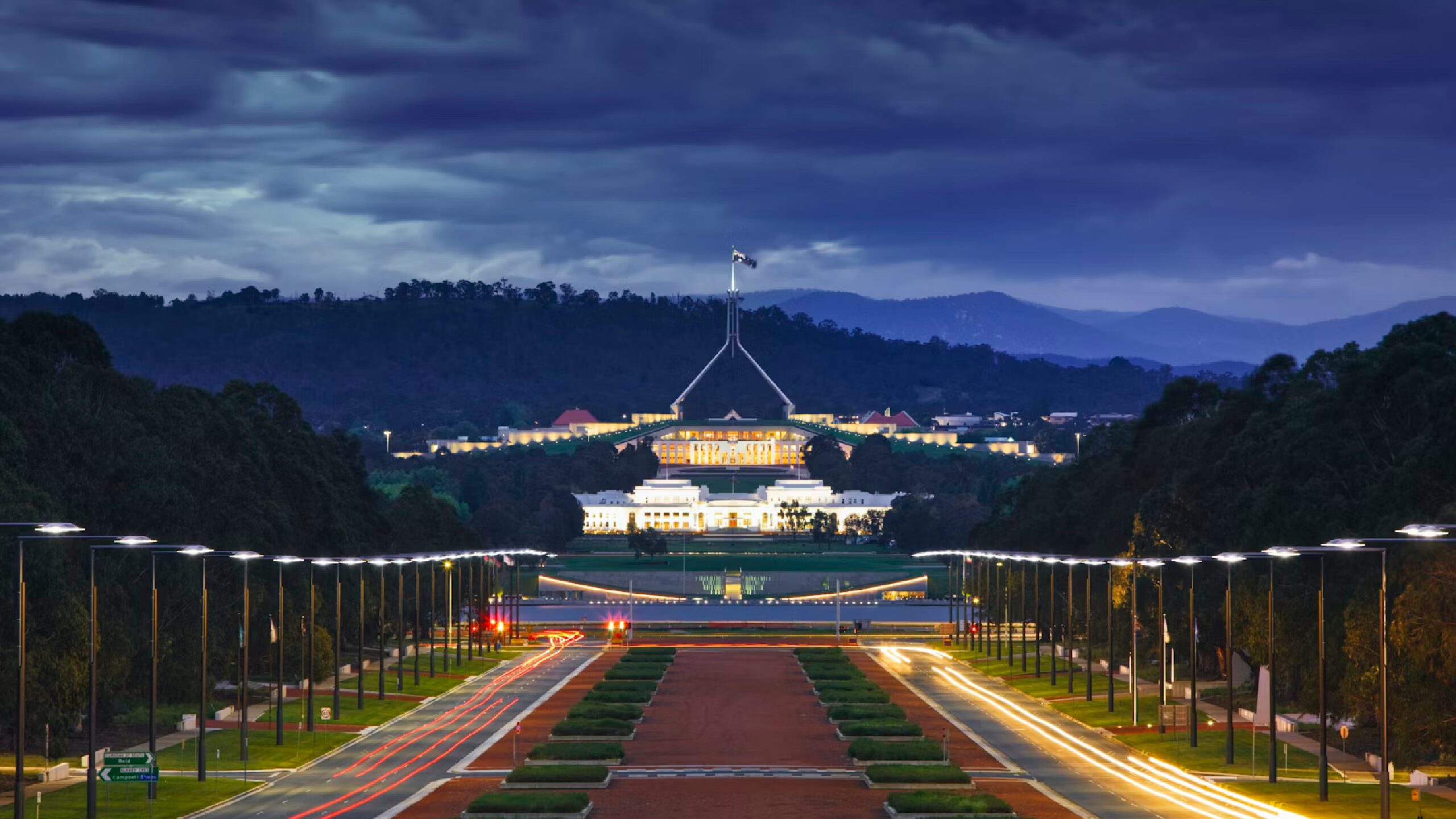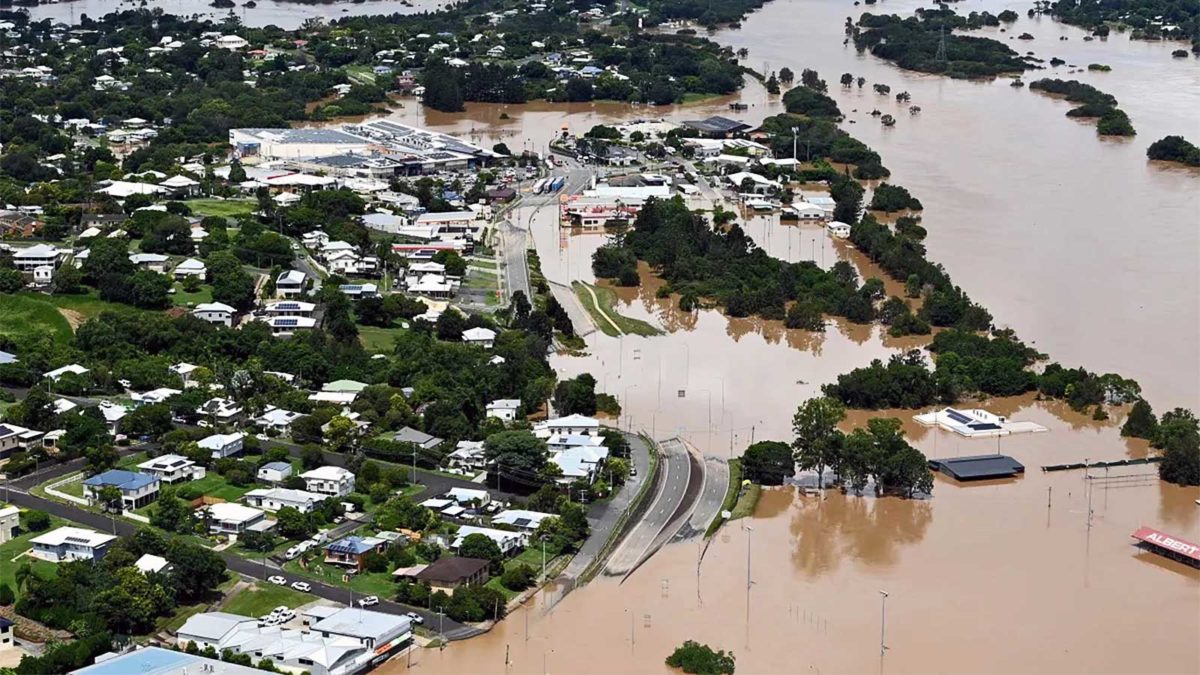Insurance payouts from floods is expected to top $2bn
The floods in South-east Queensland and northern New South Wales have been declared an “insurance catastrophe” as the number of claims have skyrocketed. The Insurance Council of Australia (ICA) on Monday said insurers have to date received 86,703 claims related to floods. Based on previous flood events the estimated current cost of claims is now $1.3 billion.
It spells bad news for insurance stocks exposed to the floods.

The top insurance companies, QBE, SUN, and IAG are the most vulnerable to the thousands of insurance pay-outs that will occur. The damage bill is expected to hit $1 billion-$2 billion but the impact on the three insurers’ profits will be capped, due to reinsurance policies they have with global insurance companies. What investors need to look out for is the “maximum event retention” amount and how big an increase in costs they face when renewing their reinsurance policies. Let’s look at how each is affected.
Insurance Group Australia
At its recent update released 1 March, the company said “it had received approximately 6,700 claims across its brands, with NRMA Insurance representing nearly 73% of total claims. The number of claims is expected to rise further over the coming days, with the event still unfolding and as customers identify damage to their property.
“After allowing for quota share arrangements, the combination of all catastrophe covers results in IAG has maximum event retention of $95 million, as indicated in its 1H22 results on 11 February 2022,” according to the company announcement. This is the maximum loss IAG can be exposed to in an extreme event.
- UBS has a Sell recommendation with a target price of $4.20. The broker expects a major reinsurance event following recent floods. The broker says, “FY22 earnings risks related to natural perils are somewhat limited by aggregate stop-loss reinsurance. Hence, no changes are made to Insurance Australia Group’s forecasts. The market is now expected to focus on reinsurance capacity and pricing at the 1 July 2022 renewal.”
Suncorp Group
The company says, “As at 28 February 2022, Suncorp had received more than 5,000 claims across both states, with approximately half lodged online. Of the total claims received to date, around 70% are in southeast Queensland and around 30% in NSW. Over 80% of total claims related to home damage.
“Accordingly, the maximum retained cost for Suncorp from this event is expected to be approximately $75 million, which largely reflects the remaining deductible to trigger reinsurance recoveries under its AXL treaty. The full year outlook for natural hazard costs remains around $1.075 billion.” The figure of $75m is the maximum loss SUN can be exposed to in an extreme event.
- Ord Minnett has a Hold recommendation with a target price of $13.75. The broker says SUN’s share price has fallen by 7 percent over the last 10 days as a result of the floods but it expects only a modest rise in estimates of perils costs for FY22. The analyst says, “Once the $75m maximum event retention is used up, the group has $400m of aggregate cover. In addition, there’s coverage of 50% for the next -$150m of losses due to the purchase of additional partially-placed aggregate cover.” To add to it, perils allowances, reinsurance costs and prices will increase in time.
QBE
The insurer has not made a market announcement regarding the floods. At its interim result, the company said its maximum event retention was $125 million for non-peak events in the Australia Pacific Division. QBE’s FY22 catastrophe allowance is $962 million, including a first-quarter allowance of $248 million.
- Morgan Stanley has an Overweight recommendation with a target price of $14.50. The broker is somewhat confident on QBE’s outlook given the tailwinds from higher premiums, interest rates and its decision to increase its budget for catastrophe and large claims insurance. The broker says any flood impact will be offset by better-than-expected pricing that began to emerge in the 2H of 2021.
Looking at the three, the brokers appear to be most positive on QBE, with five broker buy ratings. Analysts expect reinsurance policies to become more expensive with this being passed onto customers via higher premiums. Insurance companies may need to increase their catastrophe budgets as natural disasters are becoming more expensive and occur more often.









